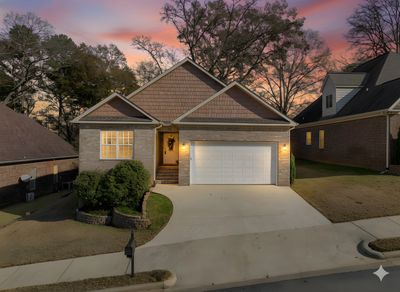Saks Drone Services - Real Estate Photography
About Sax Real Estate Photography

Saks Drone Services - Real Estate Photography



Clients:
Please reach out anytime to schedule your next session @
256-452-2951
Emails and text messages are encouraged.
Photos $250.00
Includes:
Up to 35 photos total (aerial, ground, and interior)
High-resolution editing
MLS-compliant delivery
Fast 24–48 hour turnaround for 35 combined aerial-ground-interior photos.
Pricing is firm to ensure consistent quality and fairness to all clients.
Choose your Add on's
Edited Slide show presentation
$50.00 with music
Example:
$100.00 Voice narration and music
Example:
Q: Are your photos MLS-compliant?
Absolutely. We follow MLS photo guidelines closely, and provide non-branded versions where required.
Q: How quickly do I get the finished product?
Photos are typically delivered within 24–48 hours. Videos may take 48–72 hours, depending on edits.
Q: Are your services limited to commercial clients?
No. I provide services for local home owners. Perfect for homeowners selling their own property who want professional photos. This service is offered for a flat rate of $250.00 for homeowners who need photos only.
Note: This rate applies only within Anniston and Calhoun County.
MLS VIDEO RULES
Most MLS's only care that there is no agent or brokerage branding in the video frame or on the page you control; a generic YouTube logo or platform branding is usually allowed, but some MLSs treat any YouTube page as “branded” and require a truly neutral hosting setup. Whether your current setup is acceptable depends on your specific MLS’s media policy and how it defines “branded” vs “unbranded.”[berkshirerealtors +3]
How MLSs usually treat YouTube
Some MLSs explicitly say “branding” means company/agent info embedded in the video frame, not the small logo or channel avatar that the hosting site itself displays, so a plain YouTube player with a neutral title is acceptable. Other MLSs (or flat-fee listing services) define any video on YouTube or Vimeo as inherently “branded” because the page can contain ads, links, or channel info, and they insist on a separate unbranded host or special embedded link.[homecoin +3]
Practical steps to stay compliant
To stay safe and avoid fines:
• Check your MLS rules for how they define “unbranded” and whether YouTube is allowed, or ask the MLS compliance department directly using a sample link.[doorifymls +1]
• If your MLS allows YouTube but wants it “neutral,” use an unbranded channel (no agent name, logo, or contact info), a generic channel icon, and a non‑promotional video title/description.[members.hicentral +1]
• If your MLS or listing service says “all YouTube links are branded,” use their recommended unbranded host or a virtual‑tour provider that gives you a compliant “MLS version” link with no visible platform branding or channel info.[floridaaerialsolutions +1]
If you share which MLS you’re posting to, more specific “yes/no” guidance for your exact situation can be given.
We use cookies to analyze website traffic and optimize your website experience. By accepting our use of cookies, your data will be aggregated with all other user data.